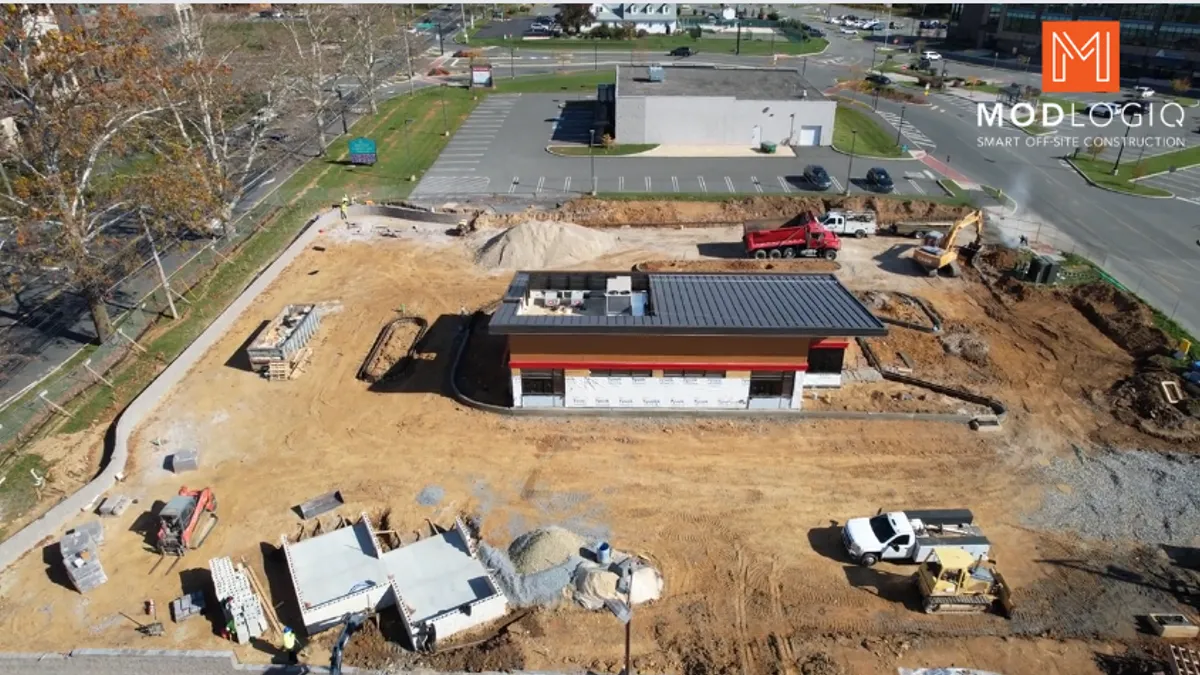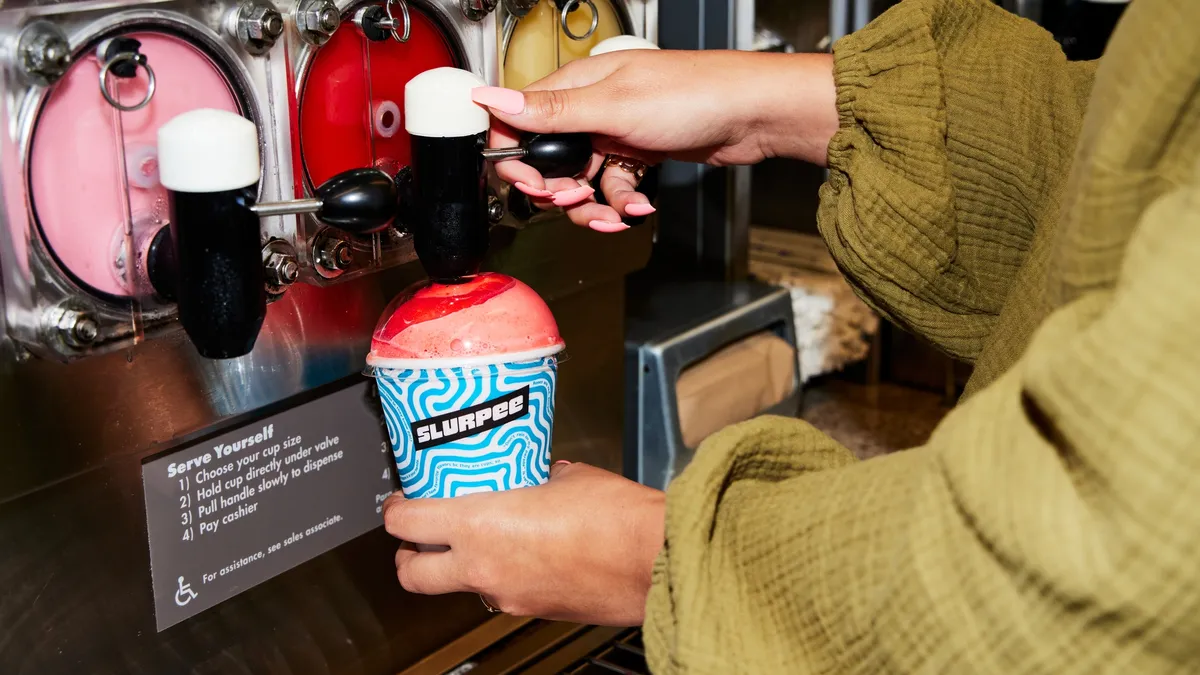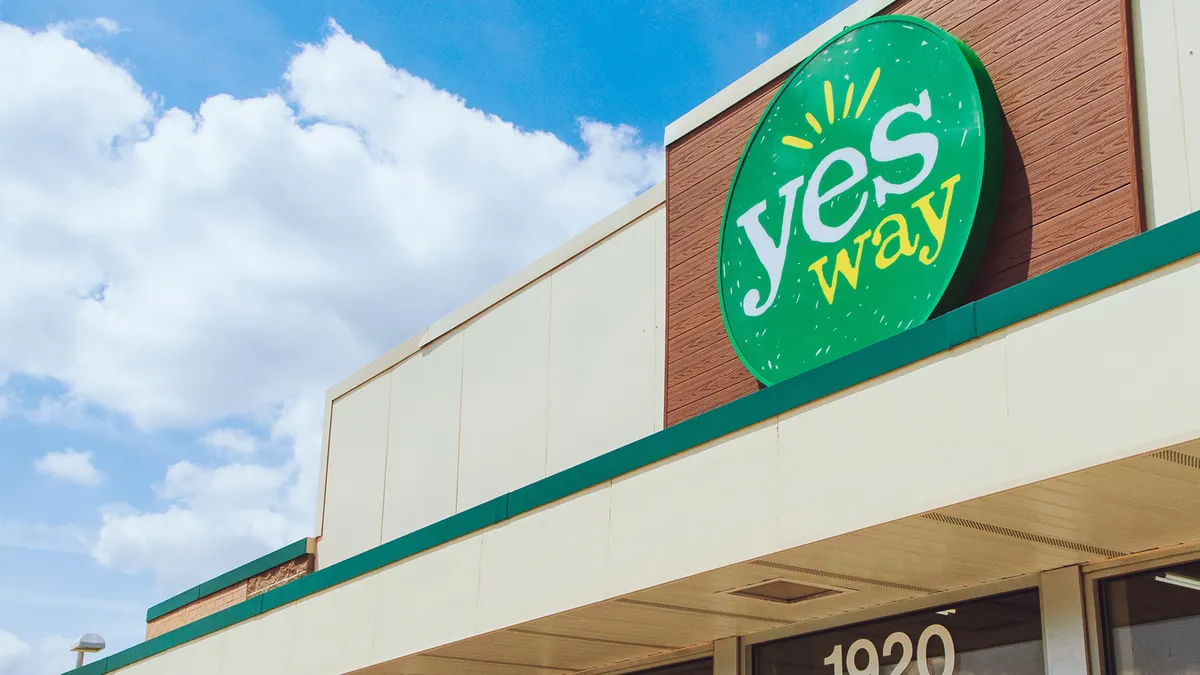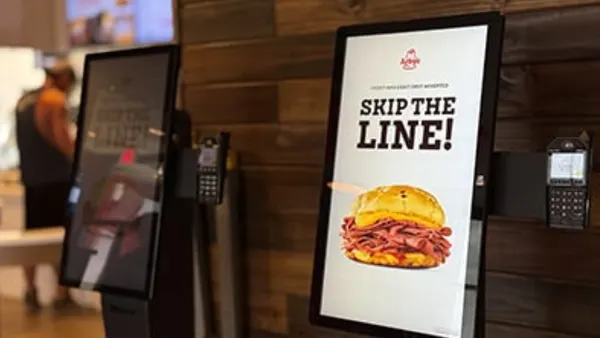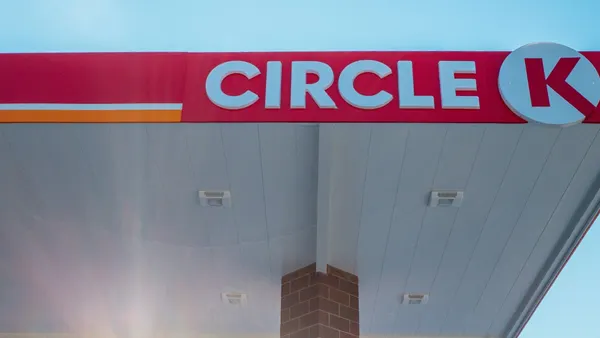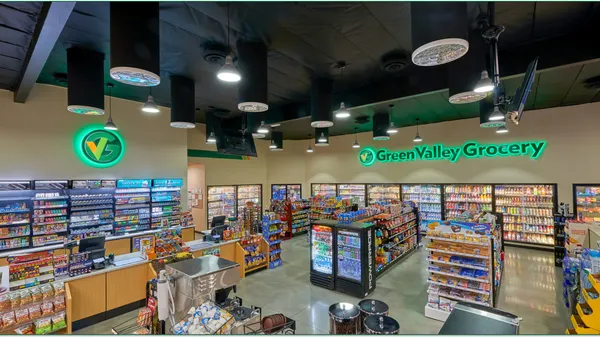Customers’ idea of “convenience” is an ever-evolving concept. That means retailers need to consistently be evaluating every part of their businesses, from their branding to their product mix and even the design of their stores.
Twenty years ago, many retailers wouldn’t have thought to develop stores with kitchens and dining rooms like a restaurant. Ten years ago, few if any had space set aside for order pickups or deliveries. And there’s no telling what new amenities customers might expect in a decade.
Some changes can be made with minimal updates to stores themselves, but others require rethinking the entire space.
Here are some of the ways that a variety of convenience retailers have been evolving their stores in the first half of the year.
Drive-thrus are gaining traction
The convenience store experience is often focused on driving up to the pumps, but it’s becoming more common these days to drive through instead.
Plenty of foodservice-focused chains have been installing drive-thru lanes at their stores. Altoona, Pennsylvania-based Sheetz notes that its expansion in the Asheville area of North Carolina is expected to include drive-thru windows at its sites.
But the convenience store industry is also seeing sites that are centered around selling customers the wide variety of items they’re used to finding in a c-store without making them leave their cars.
Several small retailers have debuted such sites. Fire Stop in Sacramento opened late last year with a small menu of drinks, snacks, health and beauty goods and other small sundries. Separately, Riverside Mini Mart in Mesquite, Nevada, opened for drive-up shoppers in May, according to the Mesa Valley Progress.
“It is so much easier for someone like a mother with kids who doesn’t want to deal with kids while shopping in a store touching everything,” store manager Ana Gagliano told the newspaper.
It’s not just small companies. Last month, Wawa opened a standalone drive-thru store in Largo, Florida. The store was the first of its kind for Wawa in the Sunshine State and only its third overall under that format.
As the meaning of “convenience” continues to evolve, drive-thru windows are becoming more of a c-store staple, but time will tell how well standalone drive-thrus will be adopted.

Is prefabrication the future?
Wawa’s standalone drive-thrus have another interesting feature.
The convenience retailer worked with Modlogiq, a Pennsylvania-based construction company, to develop a prefabricated version of its standalone drive-thru sites. These stores are mostly constructed off site over the course of about 40 days, and then assembled on site in a matter of days and ready for a certificate of occupancy less than a month later.
Prefabricated stores have been gaining popularity in the restaurant space but are still relatively unknown in the c-store industry.
This style of construction allows much of the work to be done even in bad weather and can enable companies to move fast once they get site approval.
A high-tech version of the prefab story began rolling out last year. Juxta developed an unstaffed micro c-store which is built in its factories, and then can be moved to a site and set up, either permanently or temporarily. Early convenience retailers that signed up for this model include Yesway, Golden Pantry and Choice Market.
“When you arrive, you remove those securing devices, you restock the shelves, you get your power and internet back and you’re running,” said Steve Liguori, co-founder and marketing and product leader for Juxta. “We’ve got it down to under half a day.”
As companies look to move into new markets — often requiring months or even years to get all the approvals — prefabricated stores can help them enter some of those communities quickly.
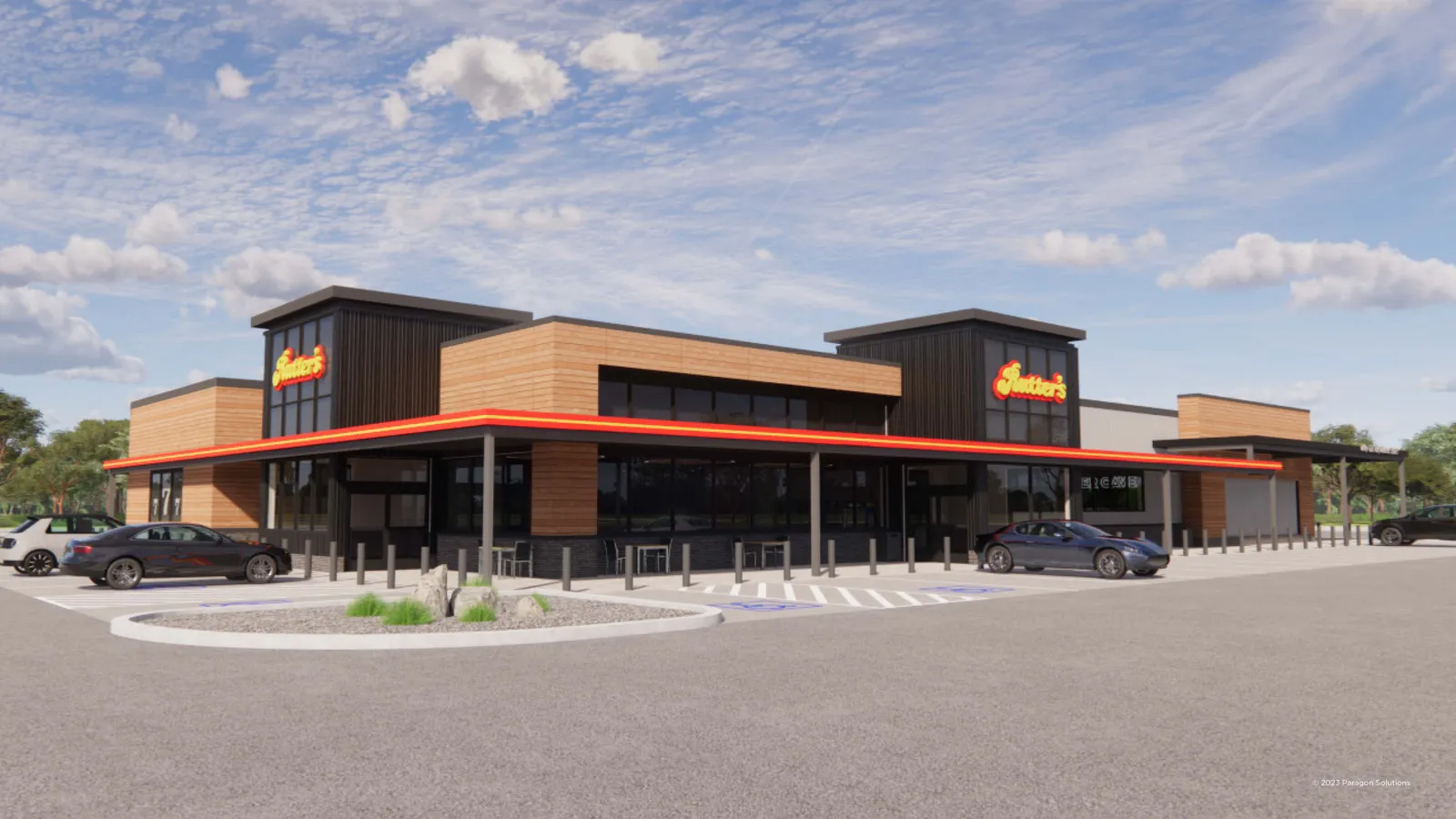
Larger stores continue making their mark
The industry’s increasing appetite for travel centers and larger stores isn’t new, but even more retailers began moving in that direction during the first half of 2024.
Wawa, which has made its way into all three of these categories, announced in May that it’s working on its first ever travel center.
The North Carolina site will cater to professional drivers and families, with amenities like indoor seating and expanded parking and bathrooms, Senior Engineering Manager Ted Iobst said during a community event in the state, as reported by the Greater Fayetteville Business Journal.
The travel center seems to be the fulfillment of what Wawa CEO Chris Gheysens said over a year ago, that the company was looking to test a “Wawa on steroids.”
Rutter’s, whose stores have historically been in the 8,000 to 10,000 square feet and have grown to an average of 10,000 to 12,000 square feet recently, unveiled a new prototype in May that clocks in at 13,500 square feet. The first store in this format is under construction in Milton, Pennsylvania, and the company recently confirmed that its first planned store in Virginia will also use this format.
In addition to the increased floor space, these sites also have a different approach to the exterior, using wood, metal and glass in place of the York, Pennsylvania-based company’s more traditional brick facade.


